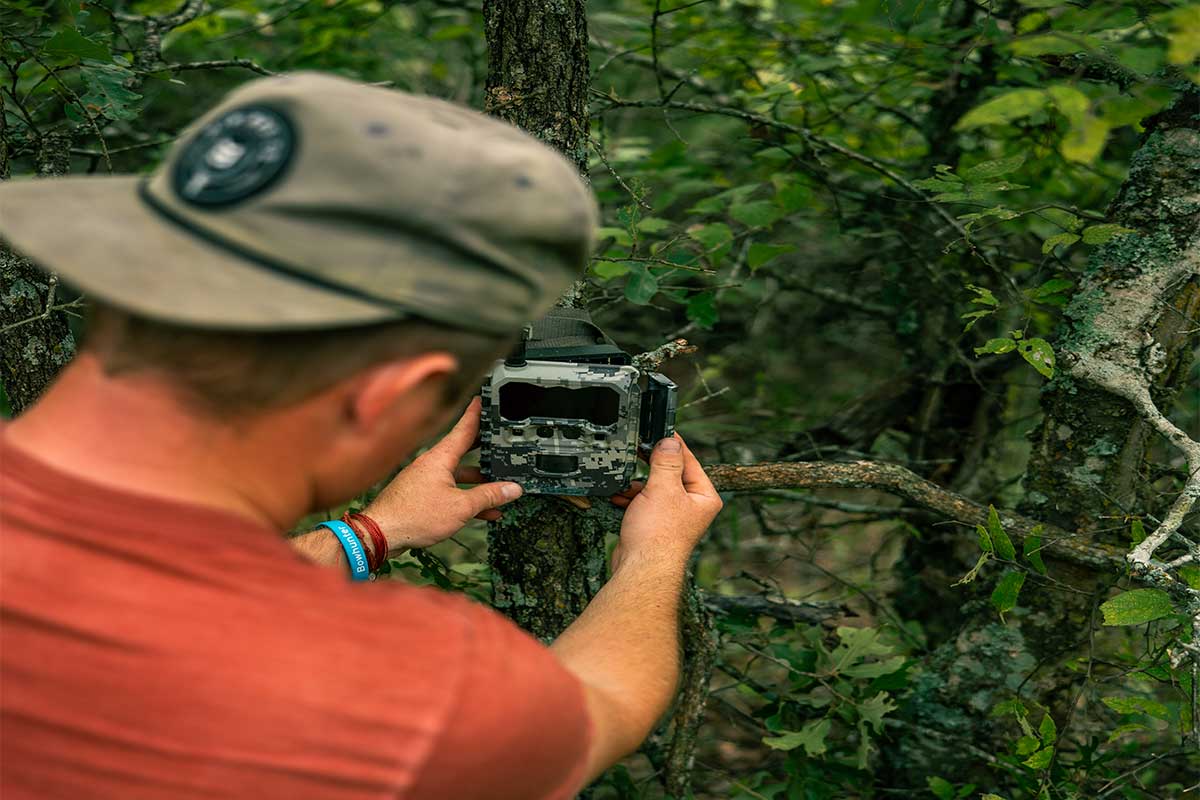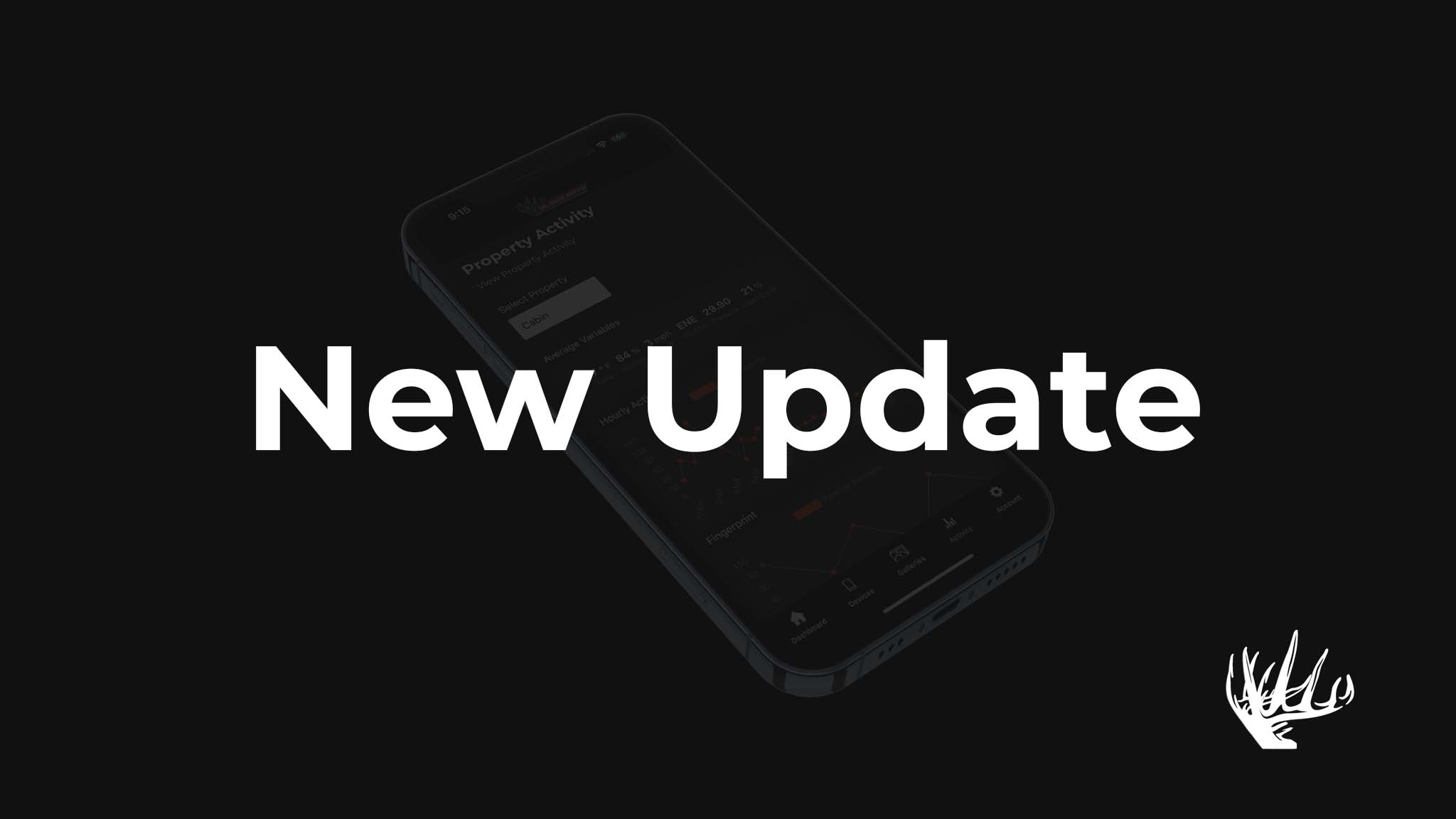Every whitetail hunter knows that October marks a turning point in the deer season. What worked in July and August won’t cut it in mid-October. Bucks that were once predictable in bean fields are now ghosts, feeding patterns shift overnight, and daylight photos become scarce.
This shift from summer to fall behavior isn’t just about the deer—it’s about how you scout. If your trail camera strategy doesn’t evolve with the season, you’ll be left chasing last month’s intel while your target buck transitions into pre-rut mode. Fortunately, with a few smart adjustments, your trail cams—especially real-time Black Gate cellular trail cameras—can give you the edge you need.
Here’s how to effectively transition your trail camera setup from summer scouting patterns to fall hunting intelligence.
Why Summer Setups Stop Working
In summer, most bucks are in bachelor groups. They follow a fairly tight schedule—feed in the evenings (often in wide-open ag fields), bed near water or shade, and repeat. Camera placement is relatively straightforward: field edges, mineral sites, and bedding perimeters.
But when October arrives:
- Bachelor groups split
- Testosterone rises
- Daylight movement shifts from food to the does
- Bucks shift to staging cover and travel corridors
- Food preferences change from green to high-calorie mast
In short, all the bucks you were watching during the summer aren’t gone—they’re just moving differently.
Key Shifts in October Trail Camera Strategy
To stay ahead of these changes, here’s what to adjust in your camera deployment:
1. Move Off the Fields
Those wide-open bean fields and clover plots may have produced dozens of velvet photos, but as fall arrives, mature bucks become more reclusive. They may still visit food sources, but they typically stage in cover before exposing themselves in the open—if they come out at all during daylight.
Where to place cameras instead:
- Inside timber, 20–50 yards off the field edge
- On staging areas where bucks hang before feeding
- Near trails that connect bedding to food
The goal is to catch movement just before dark, not after.
2. Prioritize Funnels and Corridors
As bucks begin to expand their range, they start using terrain features to move more efficiently and safely. This is where pinch points, saddles, creek crossings, and thick corridors become high-value trail camera locations.
These spots act as natural highways for both does and bucks, especially during early pre-rut movement.
Set cameras to:
- Cover tight gaps where terrain or cover forces movement
- Run photo or video mode with minimal delay to capture sequences
- Mount cams waist height for the best PIR sensor level and max distance
This strategy is especially powerful after a cold front, when bucks tend to increase movement during legal light.
3. Shift to Hard Mast and Fresh Scrapes
October marks the drop of white and red oak acorns—a major food source in wooded areas. Deer will abandon green fields for the calorie-rich acorns falling in secluded timber pockets.
Scraping behavior also spikes in October, and trail cameras placed on active scrapes can provide time-stamped data on buck travel patterns, even in daylight.
Smart placement tips:
- Find heavily used oak flats and scrape lines just inside cover
- Mount cameras at a 45-degree angle to scrapes, not head-on
- Monitor both scrape visits and direction of travel
If your camera captures bucks hitting the same scrape two or three times in a week—especially during daylight—you’re in the game.
4. Watch the Weather and Adjust
October is full of temperature swings. Cold fronts create some of the best daylight movement windows of the entire season. A trail camera setup that was slow all week can explode overnight after a 15-degree drop in temperature and a barometric pressure spike.
Use your Black Gate cell cams to:
- Monitor movement spikes in real time
- Avoid unnecessary intrusions
- Make informed decisions about where to hunt the next day
Let the data—not your guesswork—tell you where the action is.
5. Tighten Your Data Feedback Loop
Summer scouting is about long-term observation. Fall hunting is about short-term reaction.
In October, checking SD cards weekly isn’t enough. Black Gate cellular trail cameras let you react to hot sign within hours—not days. This is critical when bucks shift locations frequently or when scrapes light up for only a few days before going cold.
With real-time images, you can:
- Identify new bucks showing up during daylight
- Spot when a known buck transitions to a new travel pattern
- Shift your stand locations or ground setup based on the latest intel
Final Thoughts
October success starts with adaptation. The biggest mistake hunters make is relying on summer trail camera patterns deep into the fall. Mature bucks are too smart—and the woods are too dynamic—to play by old rules.
By moving off the fields, focusing on funnels, watching food changes, and embracing real-time trail camera intel, you’re not just observing—you’re actively patterning and predicting.
Black Gate’s cellular trail cameras are designed for this moment. October is your window. Adjust your setups. Watch your data. And when the right picture hits your phone—you’ll know exactly where to be.




Share:
Two Week October Game Plan: Trail Camera Scouting to Run, Rut, and Recovery
Timing Is Everything: Best Times of Day to Capture Deer on Trail Cameras in October